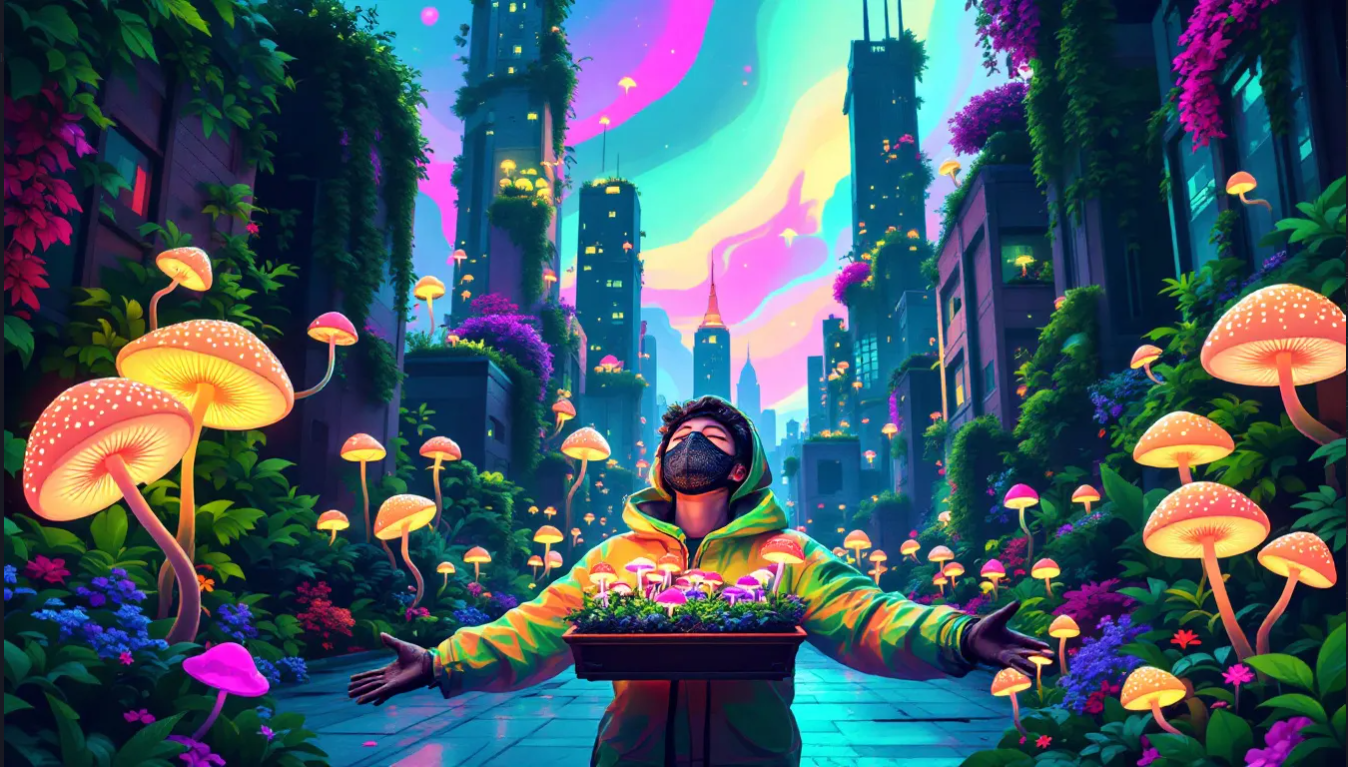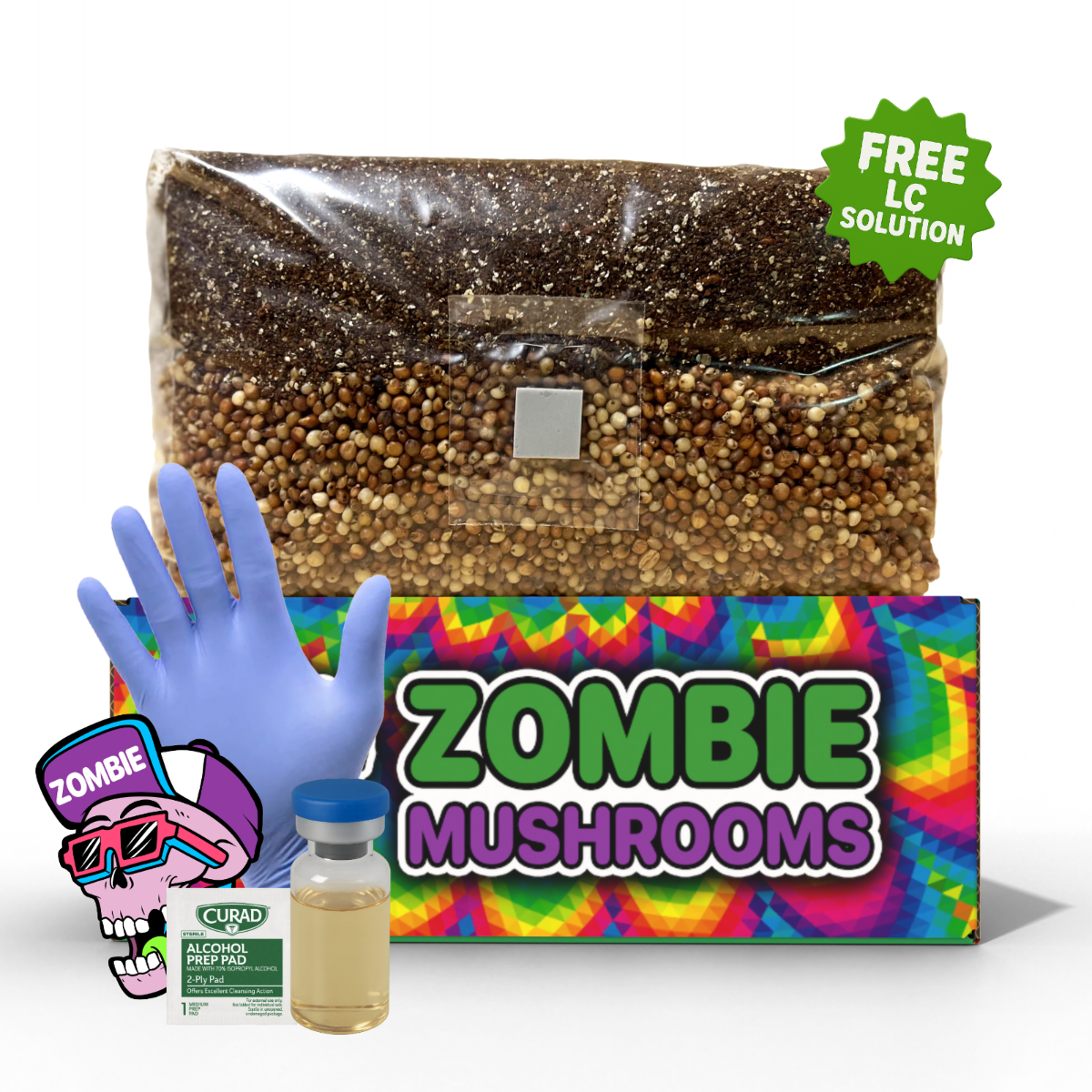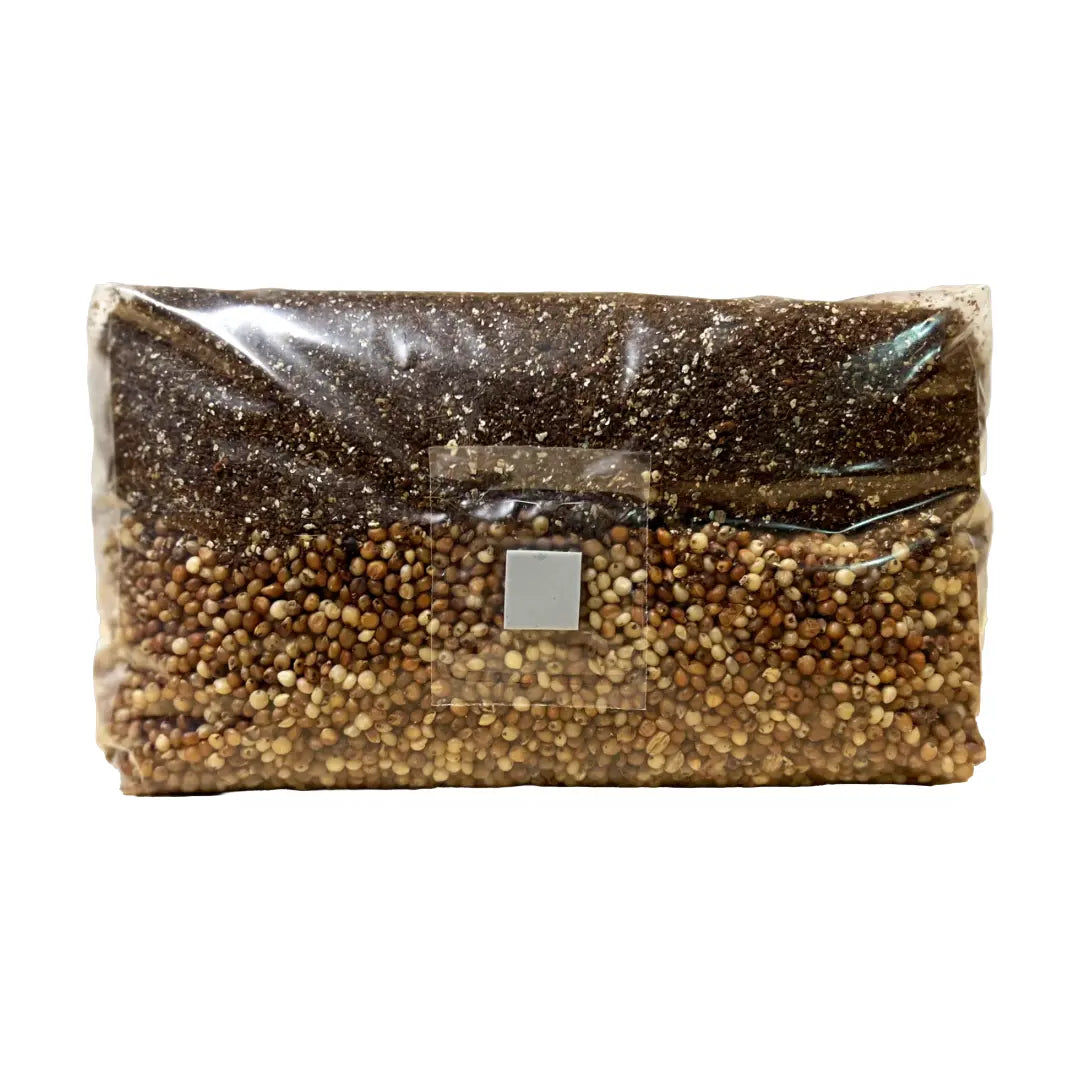- Urban farming reduces food transportation emissions, lowering cities’ overall carbon footprints.
- Cities worldwide are converting rooftops, underground spaces, and vacant lots into urban farms to tackle food insecurity.
- Hydroponic and drip irrigation techniques in urban agriculture save water compared to traditional farming.
- Community gardens strengthen social bonds, promote mental well-being, and educate communities about sustainable food systems.
- Mushrooms are an ideal urban crop, as they thrive in small spaces and grow on organic waste like coffee grounds.
Urban farming is changing how cities make food, turning rooftops, empty lots, and even underground spaces into helpful green areas. As worries about food security and environmental sustainability grow, urban agriculture gives a solution that cuts carbon releases, strengthens communities, and gives fresh, nutritious food. Whether you’re an aspiring urban farmer or just interested in sustainable living, here’s how urban growing is changing city life.
 What is Urban Growing?
What is Urban Growing?
Urban growing means farming practices inside city settings. This includes every thing from small backyard gardens and rooftop farms to high-tech vertical farming systems and underground mushroom growing. Unlike old-style agriculture, urban farming makes the most of limited space, changing unused city areas into valuable food sources.
Types of Urban Growing
- Rooftop Gardens: Using flat roofs of buildings to grow veggies, herbs, and even fruit trees.
- Vertical Farming: Using hydroponic or aeroponic systems to grow crops in stacked layers indoors.
- Community Gardens: Shared green spaces where people work together to grow food locally.
- Underground Farming: Repurposing basements, tunnels, and shipping containers to grow plants with LED lighting.
- Mushroom Growing: Growing fungi on organic waste materials like coffee grounds, sawdust, and cardboard.
Urban agriculture helps shorten food supply chains, making fresh produce more reachable while cutting transportation-related carbon releases.
 The Environmental Good Things About Urban Growing
The Environmental Good Things About Urban Growing
Urban farming is a new response to environmental problems caused by regular agriculture. By growing food closer to where people live, it lessens the environmental effect of long supply chains, greatly cutting fuel use and air pollution (Ackerman, 2012).
Key Environmental Good things
- Reduced Food Miles: Moving food over long distances adds a lot to greenhouse gas releases. Urban farming lessens this by giving locally grown produce.
- Improved Air Quality: Plants in urban farms soak up carbon dioxide, filter pollutants, and help with oxygen making, bettering city air quality.
- Cooling Urban Areas: Green roofs and urban farms help control city temperatures, lessening the heat island effect caused by concrete and asphalt.
- Water Saving: Hydroponic and aquaponic farming methods use up to 90% less water than old soil farming.
- Waste Cut: Composting food scraps and using organic waste materials support urban farms while lessening landfill waste.
By adding more greenery into urban areas, cities become healthier, more livable, and better ready to handle weather changes.
 Urban Agriculture and Food Security
Urban Agriculture and Food Security
Millions of people living in urban areas face food insecurity because of limited access to fresh, cheap produce. Urban agriculture plays a key part in dealing with this problem by growing local food availability.
How Urban Farms Improve Food Security
- Providing Fresh, Cheap Produce: By growing food locally, urban farmers can supply markets and food banks with low-cost, nutritious choices.
- Empowering Communities: Community gardens and urban farms let people take control of their food sources, cutting their need on grocery stores with changing prices.
- Reducing Need on Imports: Cities that put money into urban farming become more self-suffisant, needing less on food moved from far away farming areas.
Many successful urban farming projects have come up, changing food-insecure areas into strong, food-making communities (McClintock, 2014).
 Changing Empty Spaces Into Thriving Farms
Changing Empty Spaces Into Thriving Farms
Many urban settings are full of unused spaces—vacant lots, rooftops, and even underground tunnels—that could be used again for urban growing.
Examples of Space Change
- Rooftop Farms in Commercial Buildings: Large buildings with flat roofs can hold soil-based or hydroponic farms.
- Indoor Vertical Farming: High-tech solutions such as LED-lit vertical farms allow for year-round food making, not needing seasons.
- Shipping Container Farms: Recycled containers are changed into climate-controlled farm units, growing leafy greens, herbs, and mushrooms.
- Underground Farming: Abandoned tunnels and basements can support crops that do well in controlled dampness, like mushrooms and microgreens.
City governments world wide are asking for urban agriculture through policy changes, grants, and zoning rules to support food making inside city limits.
 The Social Side of Urban Farming
The Social Side of Urban Farming
Urban growing isn’t just about food making—it makes stronger social links and betters mental well-being. Studies show that working in community gardens betters physical and mental health, cutting stress and pushing social talk (Poulsen, Neff, & Winch, 2017).
Social Good things of Urban Agriculture
- Community Getting involved: Shared gardens bring neighborhoods together, pushing being together and team work.
- Educational Chances: Schools and groups use urban farms to teach children about food, sustainablity, and food science.
- Mental Health Improvements: Studies show that gardening cuts worry, boosts mood, and gives healing good things.
- Job Making: Urban farms make jobs and business chances, especially for low-income communities.
By linking people again with their food sources, urban agriculture strengthens communities and pushes healthier urban living.
 Problems of Urban Growing
Problems of Urban Growing
Despite its good things, urban growing faces big blocks that must be dealt with for its wide spread use.
Key Problems
- Rule Blocks: Zoning rules and land-use policies often stop urban farms.
- High Start Costs: Building urban farms—specially high-tech vertical farms—needs much spending.
- Pollution Dangers: Dirty soil and air pollution can cause health dangers to urban crops.
- Limited Space: Many urban areas lack open land for large farming work.
- Changing Weather Conditions: Urban farmers must spend money on climate-controlled solutions to fight un-expected city weathers.
With more government help and community getting involved, many of these problems can be beat.
 Mushroom Growing as an Urban Farming Solution
Mushroom Growing as an Urban Farming Solution
Among the many crops right for urban farming, mushrooms give a very working solution. They need very little space, grow indoors, and do well on organic waste materials, making them one of the most sustainable choices.
Good things of Growing Mushrooms in Cities
- Minimal Space Need: Mushrooms can be grown in closets, basements, or small indoor spaces.
- Use of Waste Materials: They grow on things like coffee grounds, cardboard, and wood chips, cutting food waste.
- Fast Growth Cycles: Many mushrooms can be picked within weeks, making them a right crop for always picking.
- High Food Value: Mushrooms are full of vitamins, minerals, and immune-boosting things.
For urban people looking for a low-work start into urban farming, mushroom grow kits give an easy way to start.
 How to Start Your Own Urban Farm
How to Start Your Own Urban Farm
Whether you're farming on a rooftop, a balcony, or an apartment shelf, urban growing is open to all.
Getting Started
- See Your Space: Find open areas for planting, whether indoors, outdoors, or using containers.
- Choose a Farming Way: Think about hydroponics, vertical farming, or soil-based container gardening.
- Pick Right Crops: Start with easy to grow veggies, herbs, or mushrooms.
- Spend money on Must Have Tools: Quality soil, seeds, watering systems, and right lighting are key.
- Try Mushroom Growing Kits: These low-work kits are great for small spaces and starters.
By starting small and growing over time, anyone can help with sustainable urban food making.
 The Future of Urban Growing in Cities
The Future of Urban Growing in Cities
As technology gets better, urban farming is becoming more working and can grow bigger. Smart watering systems, AI-powered watching, and sustainable rooftop farms are coming up as key solutions towards food security. Cities world wide are adding urban agriculture into zoning rules and sustainablity plans, making sure of a greener future.
 Get Started With Your Own Mushroom Growing Kit!
Get Started With Your Own Mushroom Growing Kit!
Ready to see urban farming first hand? Mushroom growing kits give a simple, space-working way to make fresh mushrooms at home. With very little work and biggest results, they are great for starters. See Zombie Mushrooms' grow kits today and take the first step to ward sustainable, home grown food.
Citations
- Ackerman, K. (2012). The potential for urban agriculture in New York City: Growing capacity, food security, and green infrastructure. Urban Design Journal, 18(4), 55–73.
- McClintock, N. (2014). Radical, reformist, and garden-variety neoliberal: coming to terms with urban agriculture’s contradictions. Local Environment, 19(2), 147–171.
- Poulsen, M. N., Neff, R. A., & Winch, P. J. (2017). The multifunctionality of urban farming: perceived benefits for neighborhood improvement. Agriculture and Human Values, 34(2), 251–265.



